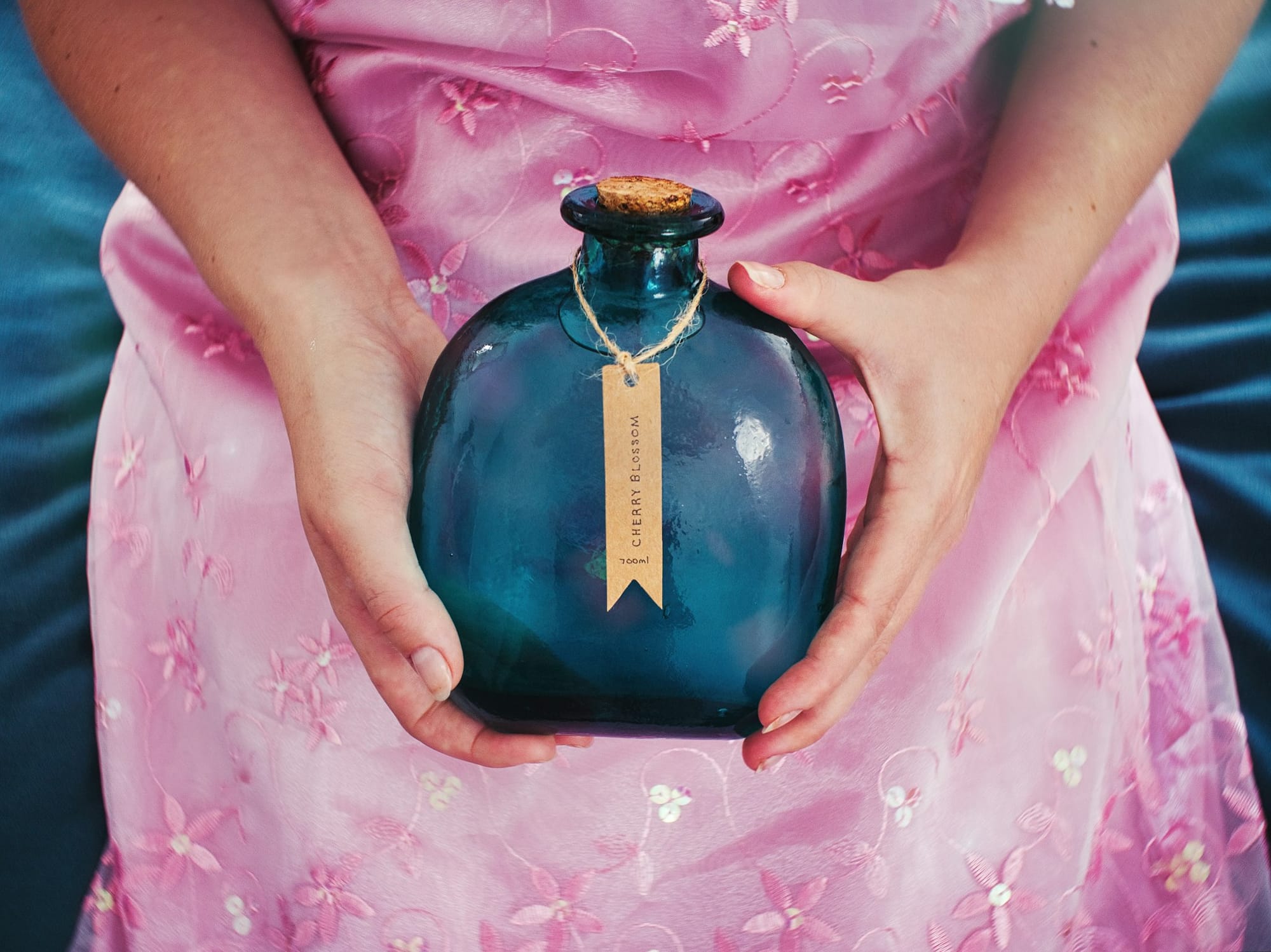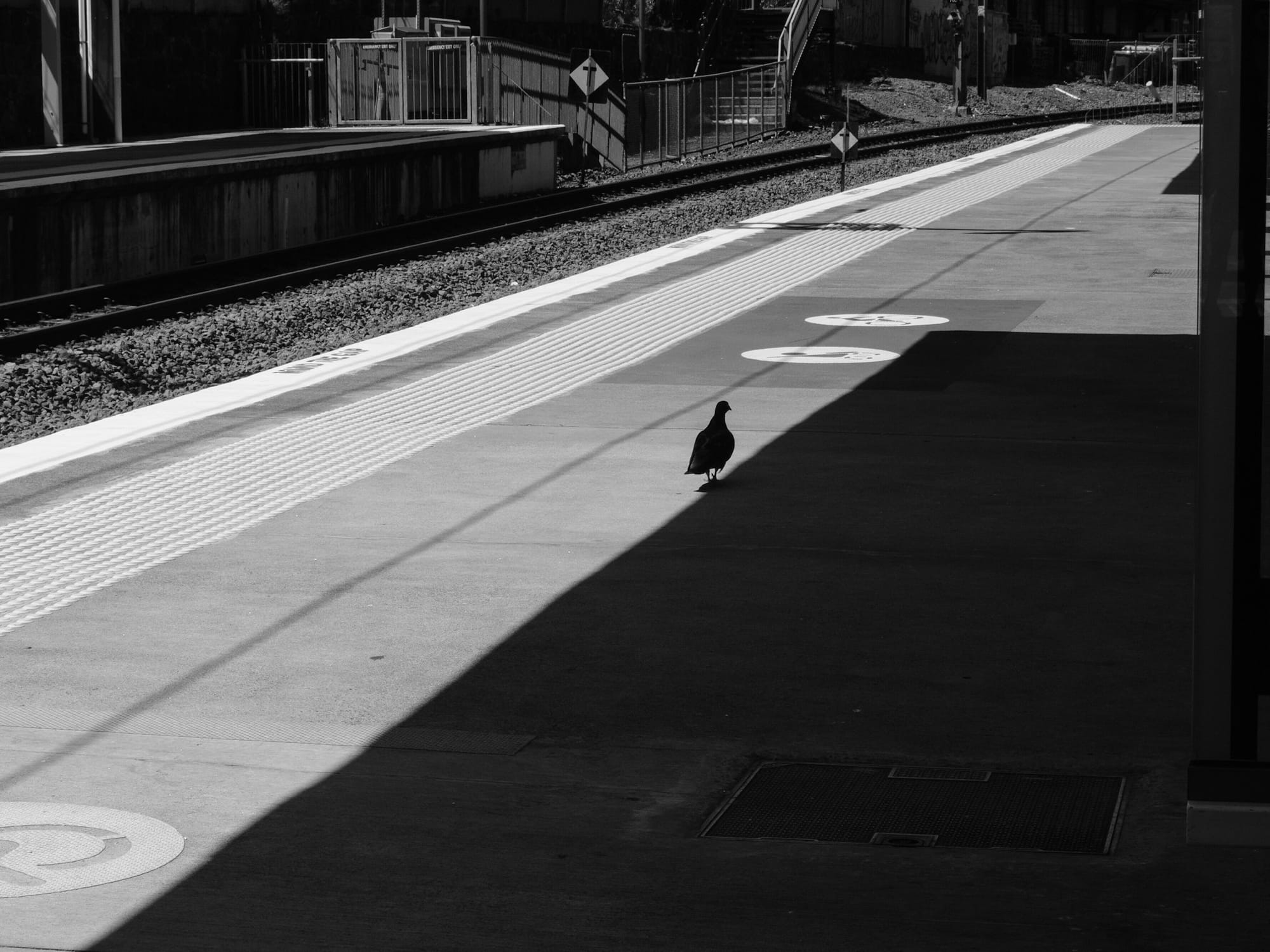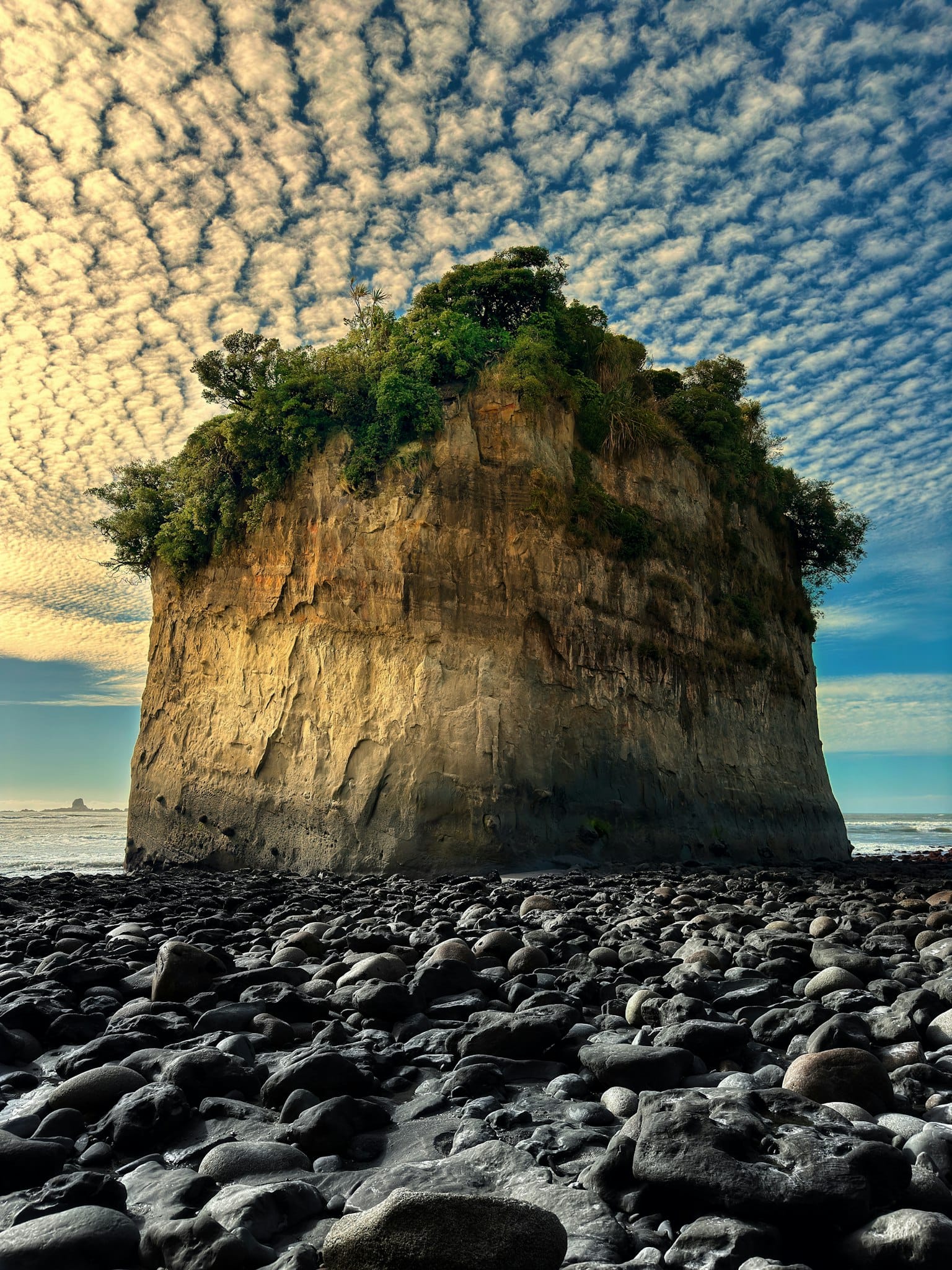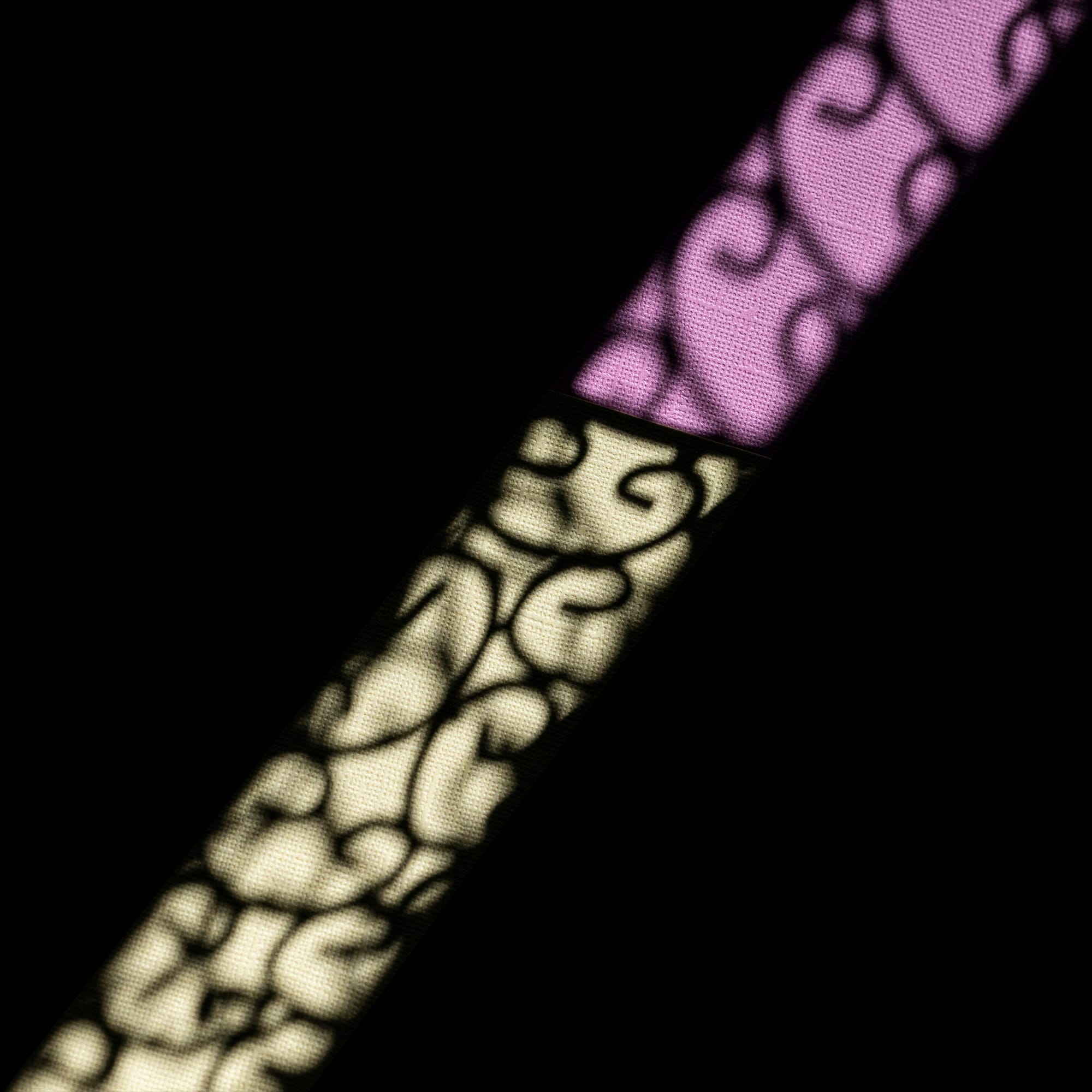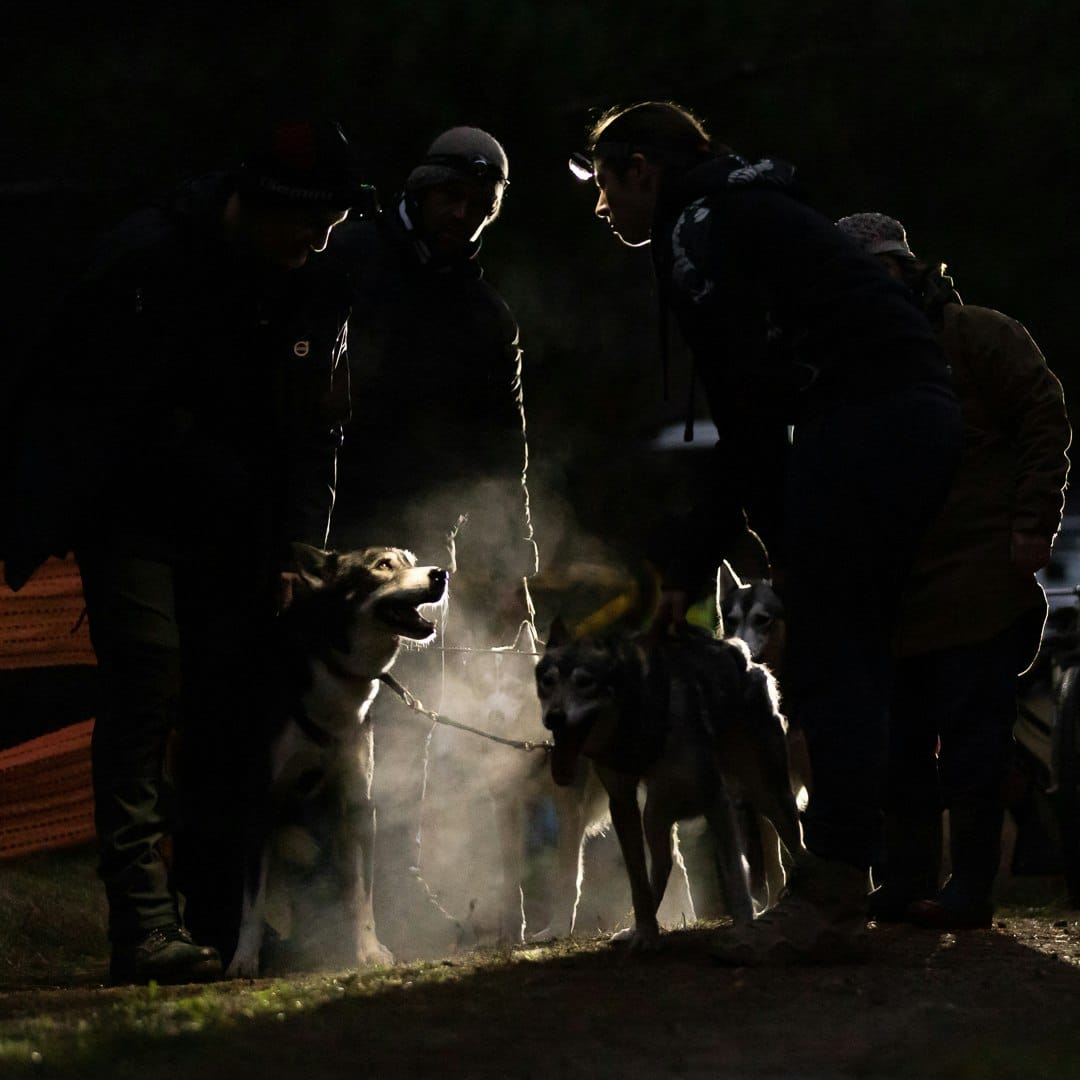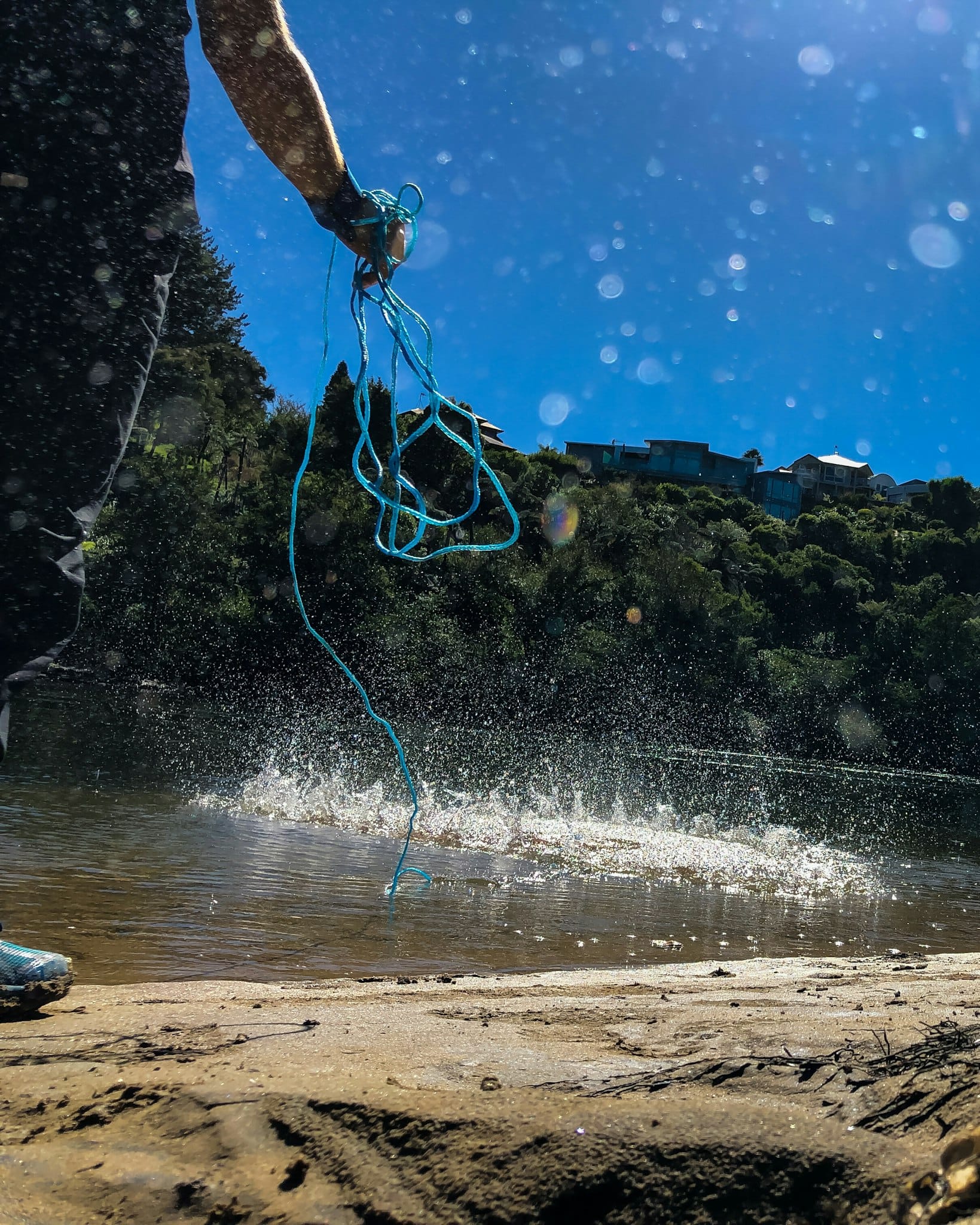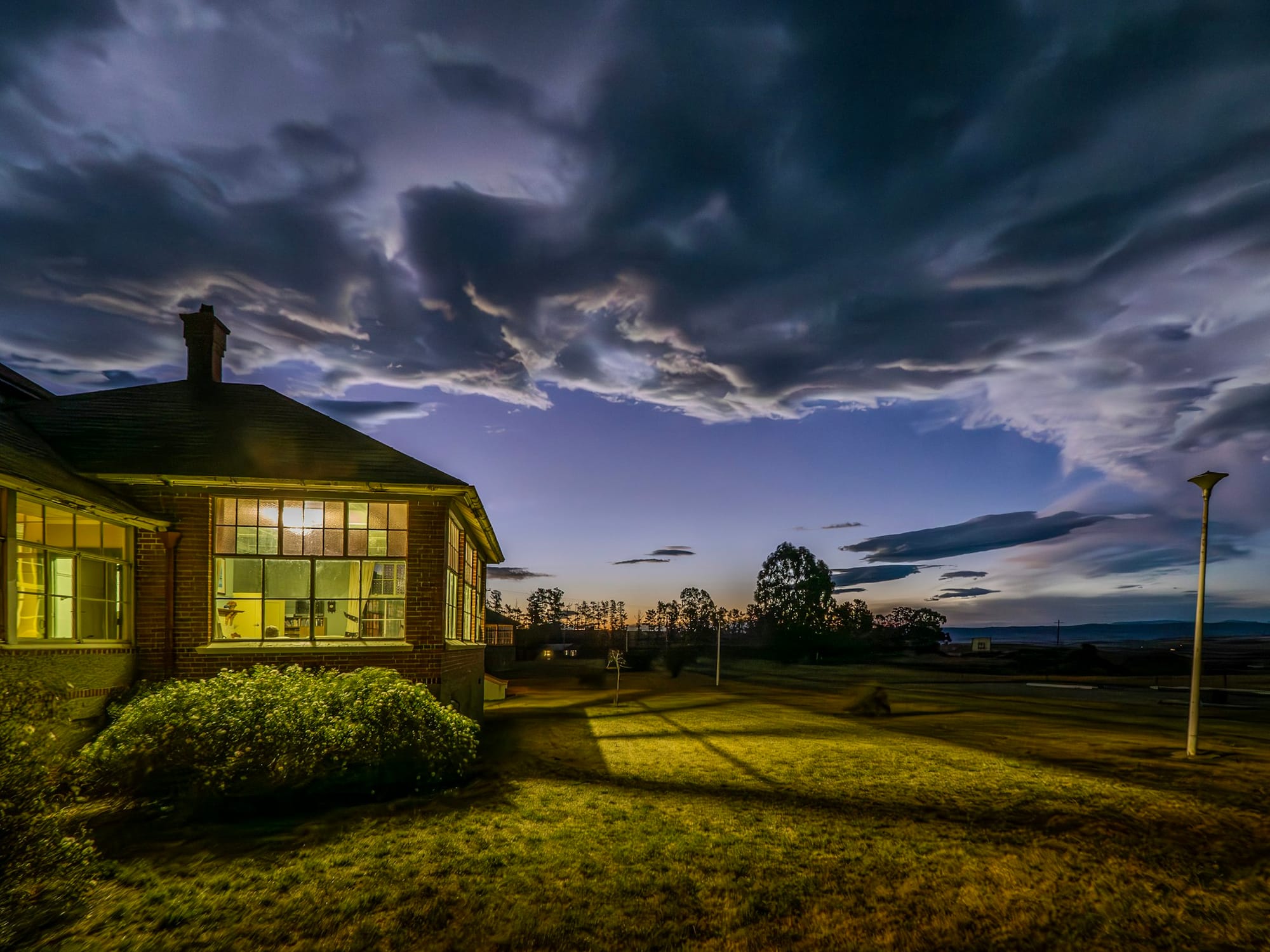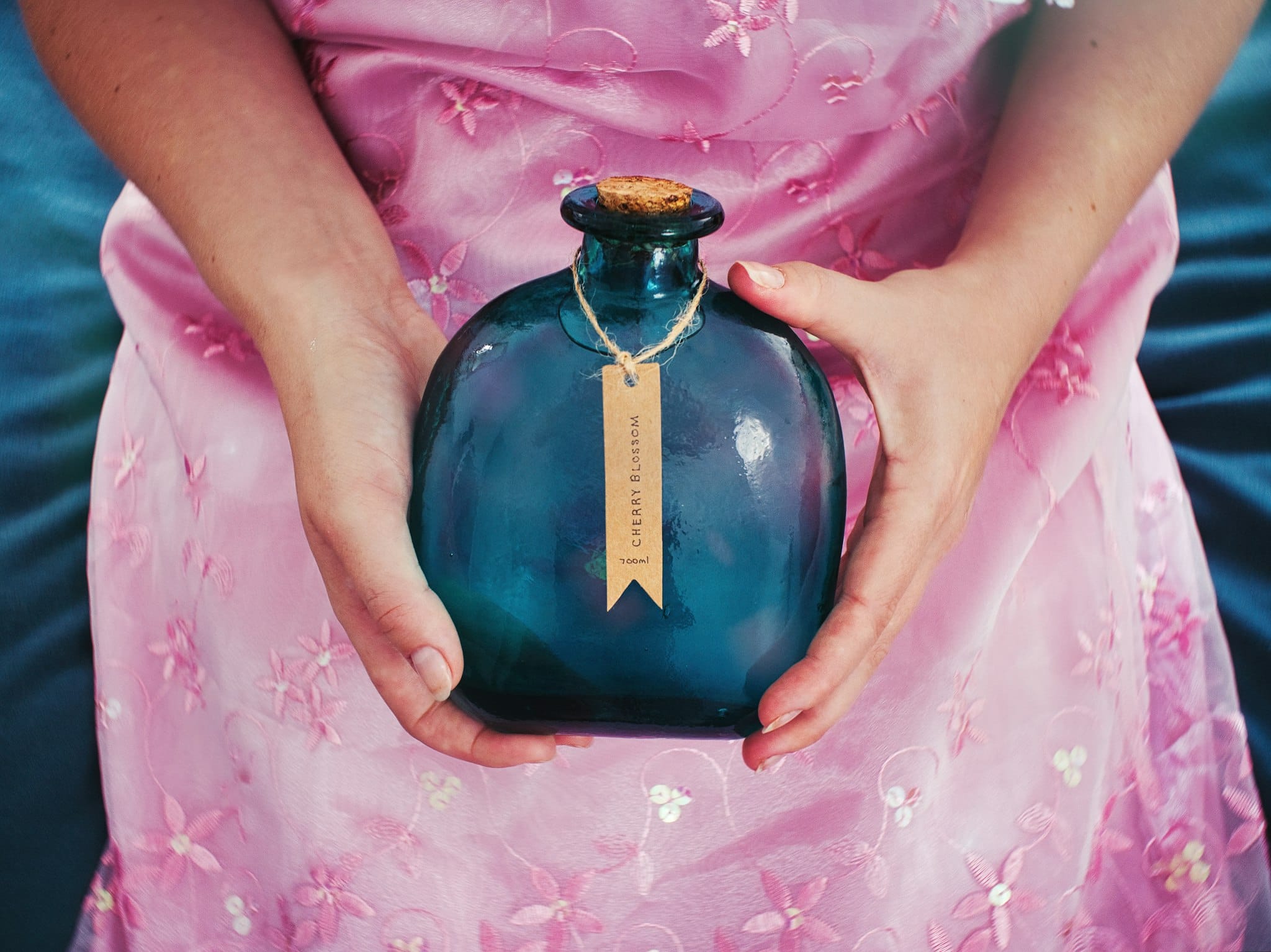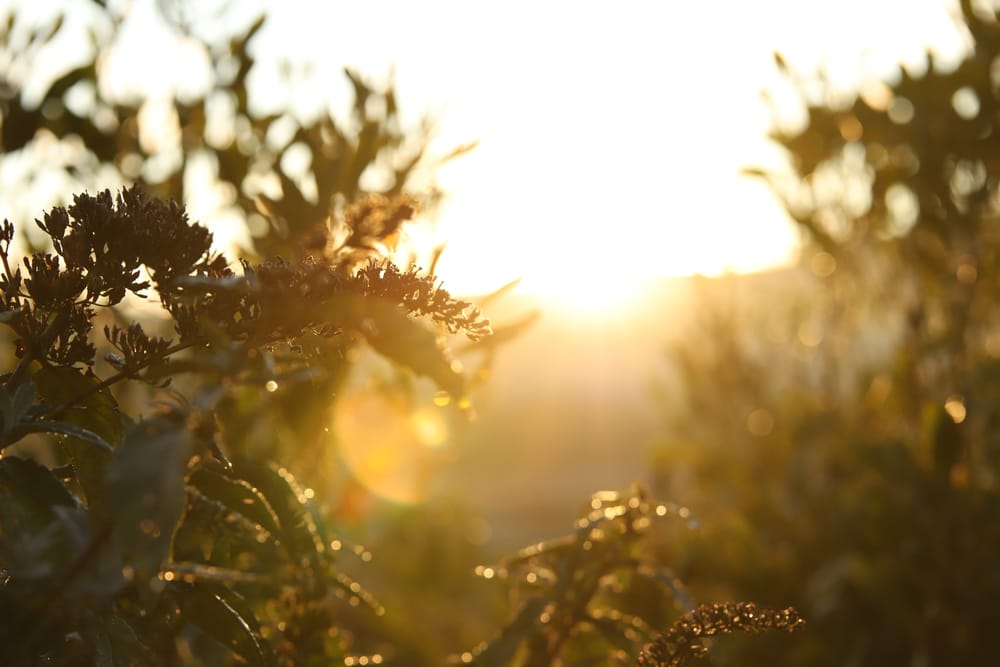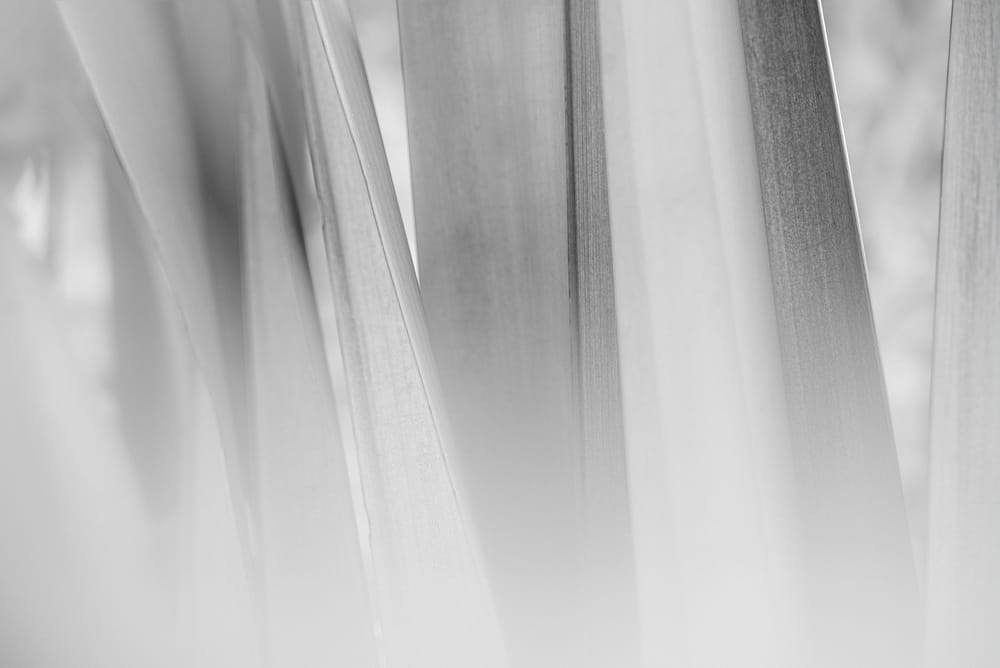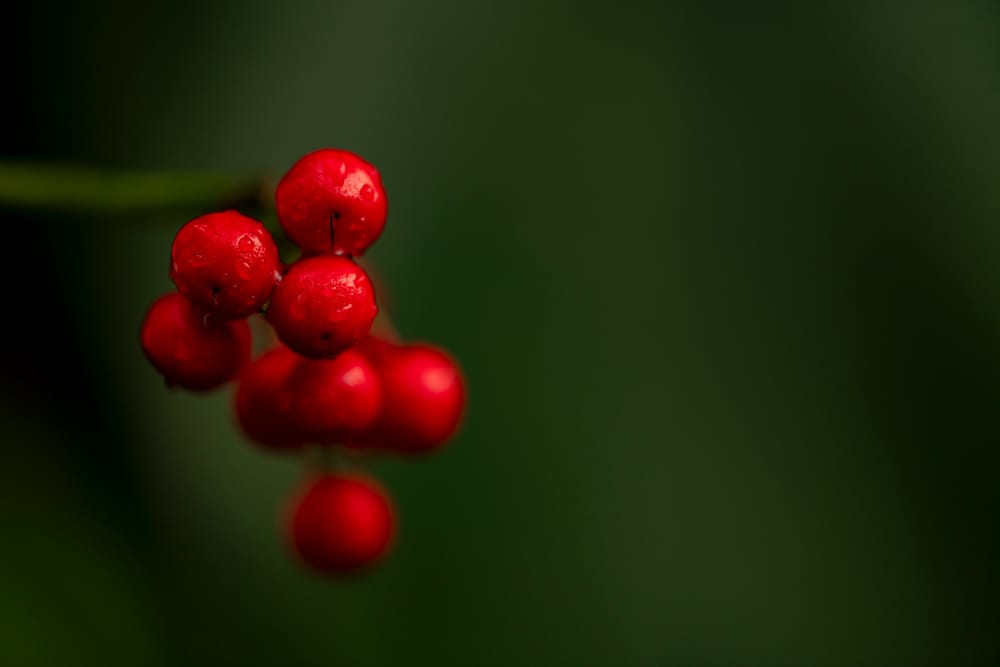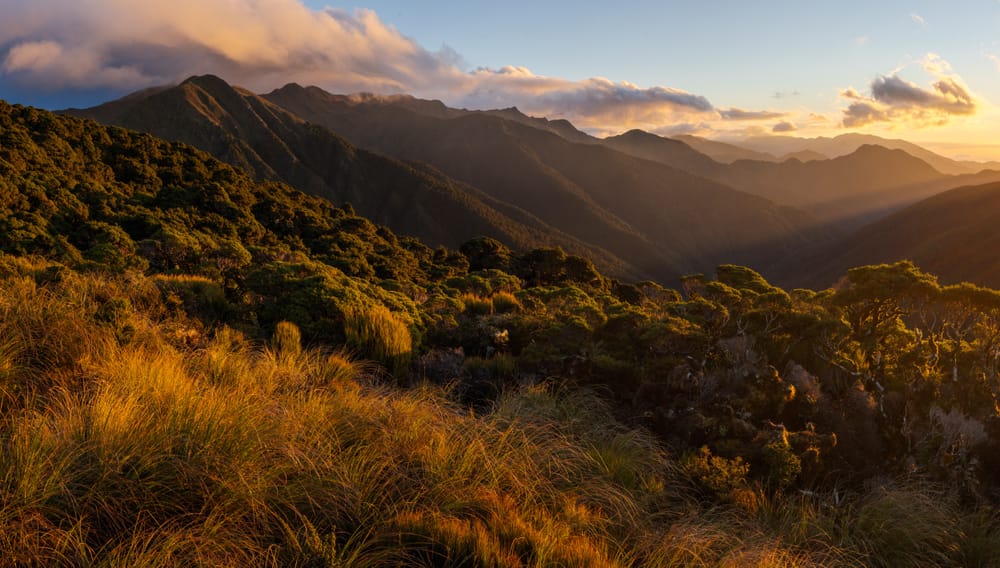Contrast is a powerful tool in photography, pivotal in shaping the mood, drawing attention, and guiding the viewer's eye. It involves the arrangement of opposite elements: light against dark, sharp against soft, large against small. In this article we explore how contrast can transform an ordinary scene into a striking image, essential for every photographer's toolkit.
Types of contrast:
Tonal contrast
This is the difference in brightness between various parts of the image. High tonal contrast, where bright highlights meet deep shadows, often adds drama and tension. Low tonal contrast creates a more harmonious and subdued atmosphere.
Colour contrast
Colours can clash or complement each other, and using this effectively can create vibrant, eye-catching images. The colour wheel is a handy tool here - colours opposite each other (like blue and orange) are particularly striking when paired.
Textural contrast
Combining different textures can enhance the tactile quality of an image. Smooth textures juxtaposed with rough ones can increase the three-dimensional feel of a photo, making it more engaging.
Conceptual contrast
This involves the depiction of contrasting ideas or themes within the same image, such as old versus new or tranquillity versus chaos. It often provokes thought and adds a narrative depth to your work.
Using contrast effectively
To harness the power of contrast, start by observing your environment. Look for natural contrasts in lighting or seek out scenes where contrasting elements intersect. When composing your shot, think about how these contrasts can be used to focus the viewer’s attention where you want it.
Editing also plays a crucial role. Tools like the contrast slider in photo editing software can heighten or lessen the impact. However, the true mastery lies in knowing just how much contrast is enough to convey the message without overwhelming the image.
Contrast is not just a technical feature of photography - it's a storytelling tool that allows photographers to emphasise their subject and set the tone of the image. It invites viewers to look deeper and understand the visual narrative.
Below we are proudly featuring the best entries from our Weekly Challenge by our community members, where contrast was used brilliantly to capture stunning, thought-provoking images. Join our weekly challenges in the Community Hub and get inspired for your next photoshoot.
